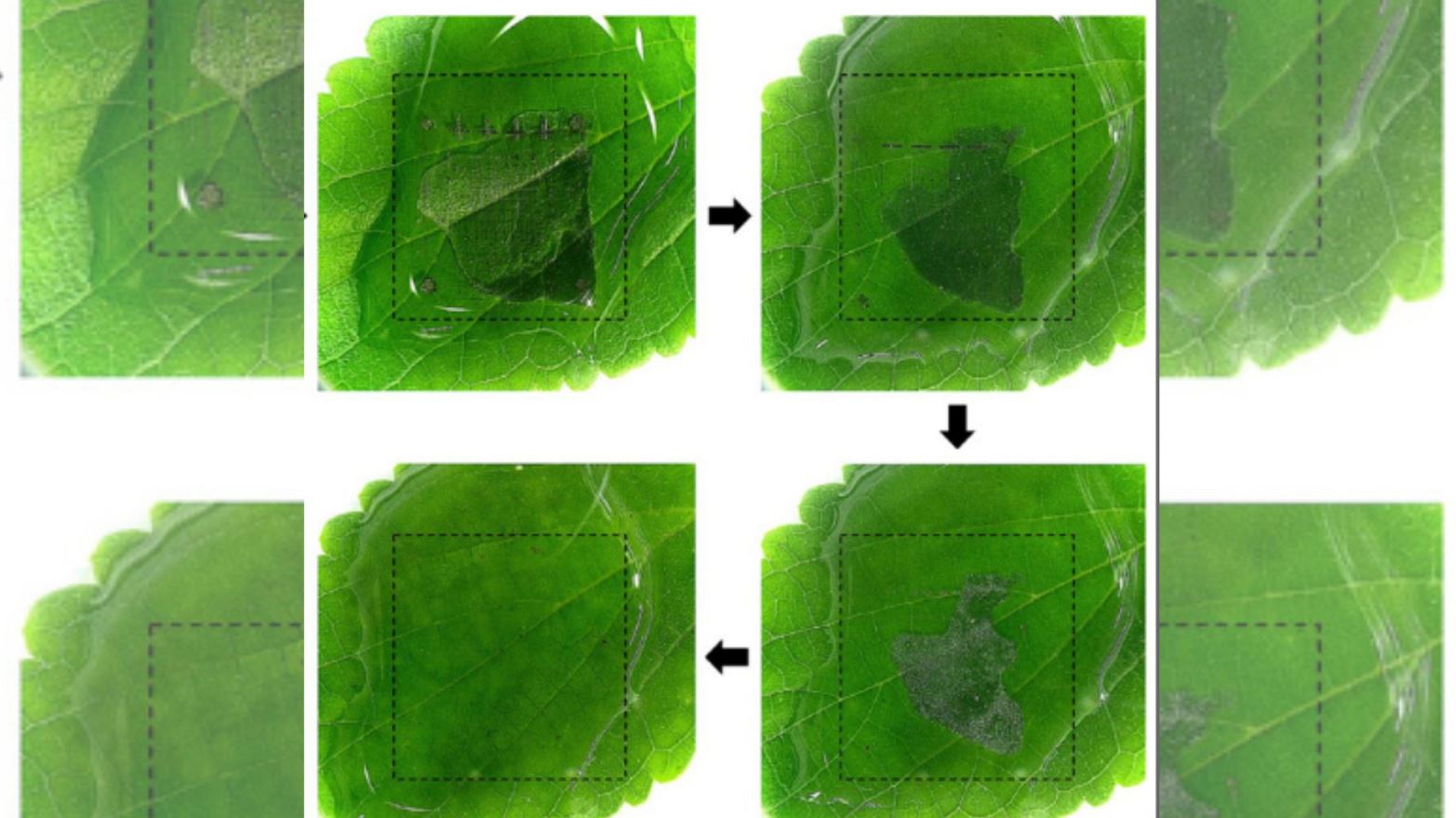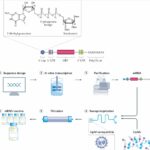 Imagine a memory chip that doesn’t just protect your data—but also looks after the planet. Researchers at the Korea Institute of Science and Technology (KIST) have crafted a biodegradable memory device that endures 3,000 bends and disintegrates in water after about three days, offering an eco‑friendly leap in tech innovation.
Imagine a memory chip that doesn’t just protect your data—but also looks after the planet. Researchers at the Korea Institute of Science and Technology (KIST) have crafted a biodegradable memory device that endures 3,000 bends and disintegrates in water after about three days, offering an eco‑friendly leap in tech innovation.
Electronic waste is a real challenge. Billions of gadgets, from fitness trackers to health monitoring patches, often make their way to landfills, releasing harmful chemicals and heavy metals. This new device brings a refreshing alternative by combining high performance with sustainability.
Under the guidance of Dr Sangho Cho and Dr Yongho Joo, the team developed the chip using a novel material called PCL-TEMPO. This blend marries polycaprolactone (a biodegradable polymer) with TEMPO (an organic molecule that stores electrical data), resulting in a memory device capable of switching between its ON and OFF states for over a million cycles. It even stands up to 250 write-erase operations, making it more than just a one‑trick pony.
One of its standout features? Biocompatibility. Designed for potential use inside the human body, the chip is built to break down safely when it’s no longer needed. By fine‑tuning the thickness and composition of its outer layer, researchers can control exactly when the degradation starts. In practical terms, this means the chip dissolves completely in water within roughly three days—a promising prospect for medical implants that eventually vanish on their own, reducing the need for follow‑up surgeries.
The device’s ability to withstand 3,000 bending cycles further underscores its durability, paving the way for applications in disposable wearables, health monitoring systems, and even specific military uses where brief functionality is key. Beyond healthcare, it hints at a future for environmentally conscious data storage and temporary surveillance tools.
Dr Cho summed it up nicely, highlighting the technological significance of merging physical self‑destruction with high‑performance memory. Looking ahead, the team is exploring enhancements like self‑healing and photo‑responsive features, setting the stage for what might soon be known as an ‘intelligent transient electronic device.’
If you’ve ever battled with the hassles of electronic waste or the environmental toll of outdated tech, this breakthrough offers a practical solution that marries performance with a lighter footprint on the planet.








